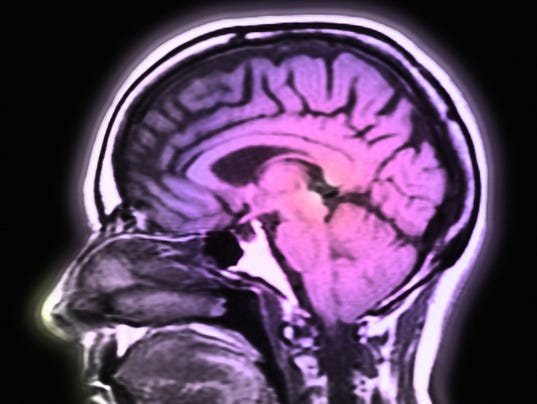Computerworld - Microsoft today released Internet Explorer 11 (IE11) for Windows 7, and announced it would soon start pushing it to customers as an automatic update.
Three weeks ago, Microsoft signaled that the debut of the final of IE11 was imminent when it shipped a blocking toolkit for enterprise IT departments who wanted to ban the browser from their desktops.
"We will begin automatically updating Windows 7 customers to IE11 in the weeks ahead, starting today with customers running the IE11 Developer and Release Previews," said Rob Mauceri and Sandeep Singhal, a pair of IE group program managers.
Microsoft launched IE11 on Windows 8.1 on Oct. 17.
The automatic upgrades on Windows 7 from IE10 -- which didn't reach the widely-used operating system until February -- will quickly drive up IE11's user share. From February through September, for instance, IE10's share of all copies of Internet Explorer soared from next to nothing to nearly 34% due to the forced upgrade from IE9, as well as some traction from Windows 8, before slipping for the first time last month as IE11 appeared in Windows 8.1.
That automatic upgrade may be welcomed by consumers, but analysts see it as a significant pain point in the enterprise, where change is often met with skepticism, even hostility.
"The faster pace is absolutely the biggest pain point," said Gartner analyst Michael Silver in an interview last month, talking about Microsoft's accelerated development and release tempo for Windows. "The problem with faster release cycles is that [enterprises] don't know if their apps will work with each new version. [And] IE is the biggest inhibitor to continuous upgrades"
Today, Mauceri and Singhal touted IE11's better JavaScript benchmark scores, claiming it's 29% faster than the current Chrome 30, 32% faster than Firefox 25 and 26% faster than Opera Software's Opera 17, citing the SunSpider test suite.
Ironically, Microsoft once dismissed JavaScript benchmark results as bogus. Three years ago, Dean Hachamovitch, the executive who still heads the IE team, said speed trials like SunSpider were "at best, not very useful, and at worst, misleading."
Not surprisingly, as IE's scores have improved, Microsoft's tune on the topic has changed.
IE11 for Windows 7 can be downloaded from Microsoft's website. The installer file is approximately 28MB in size.











